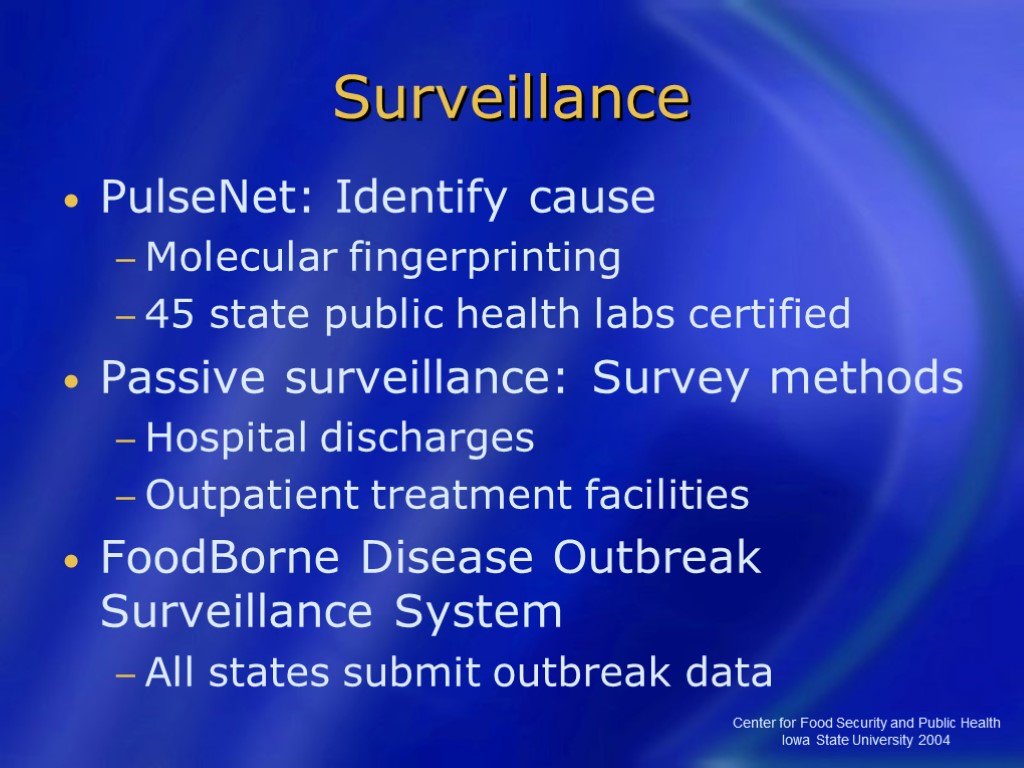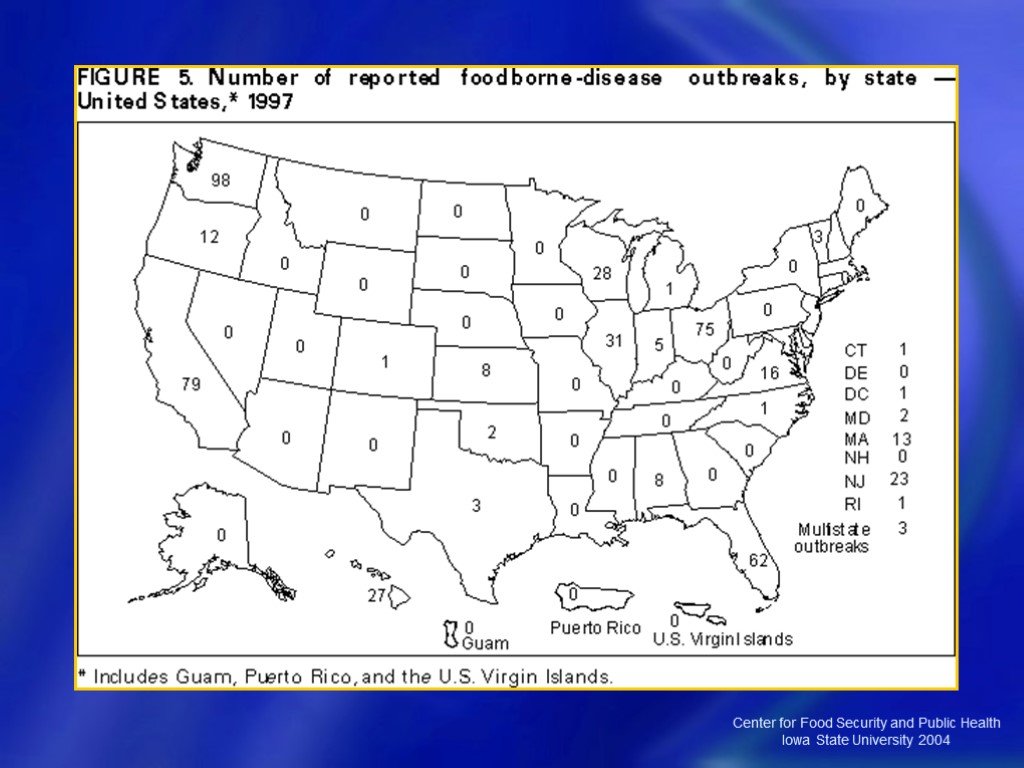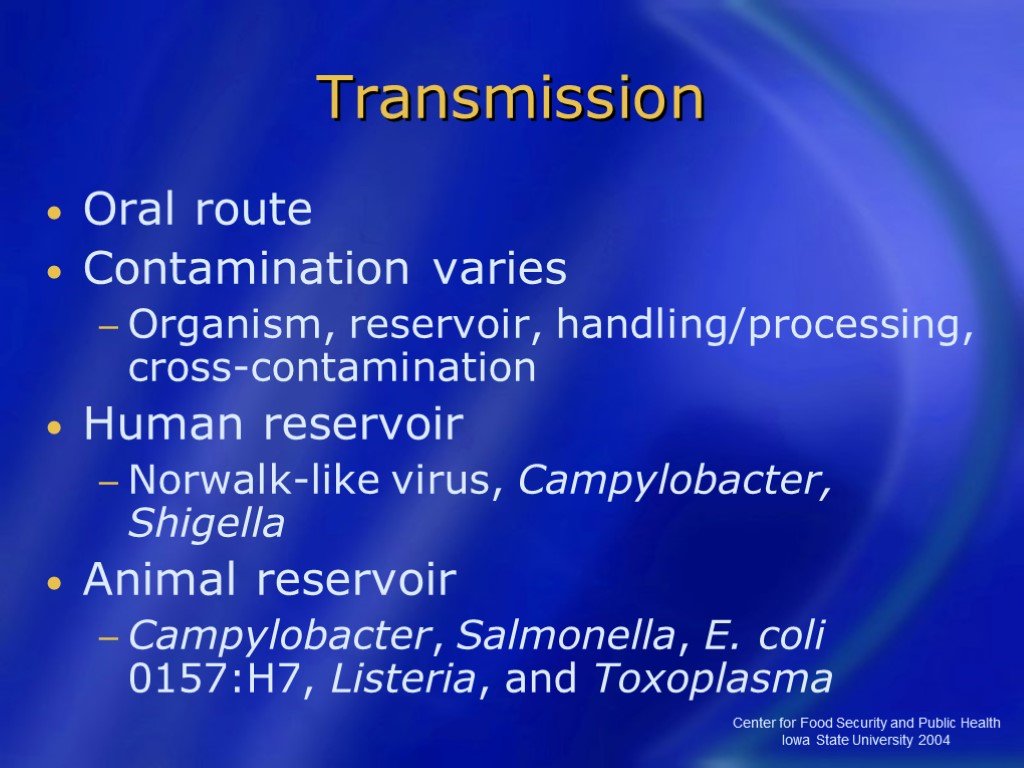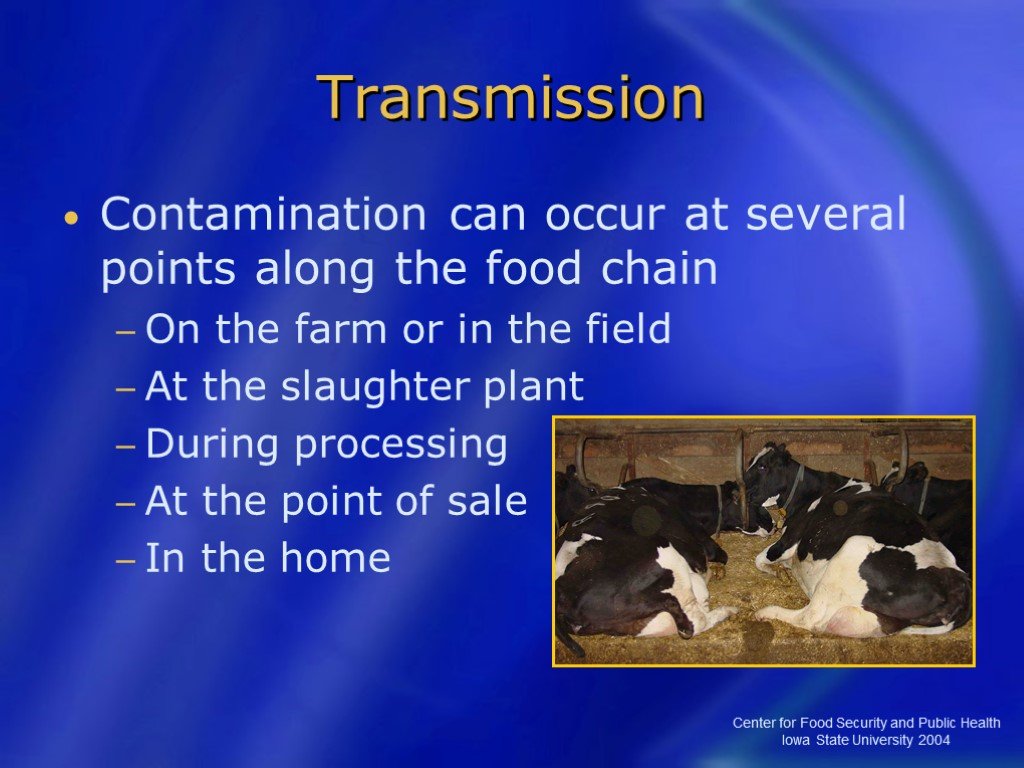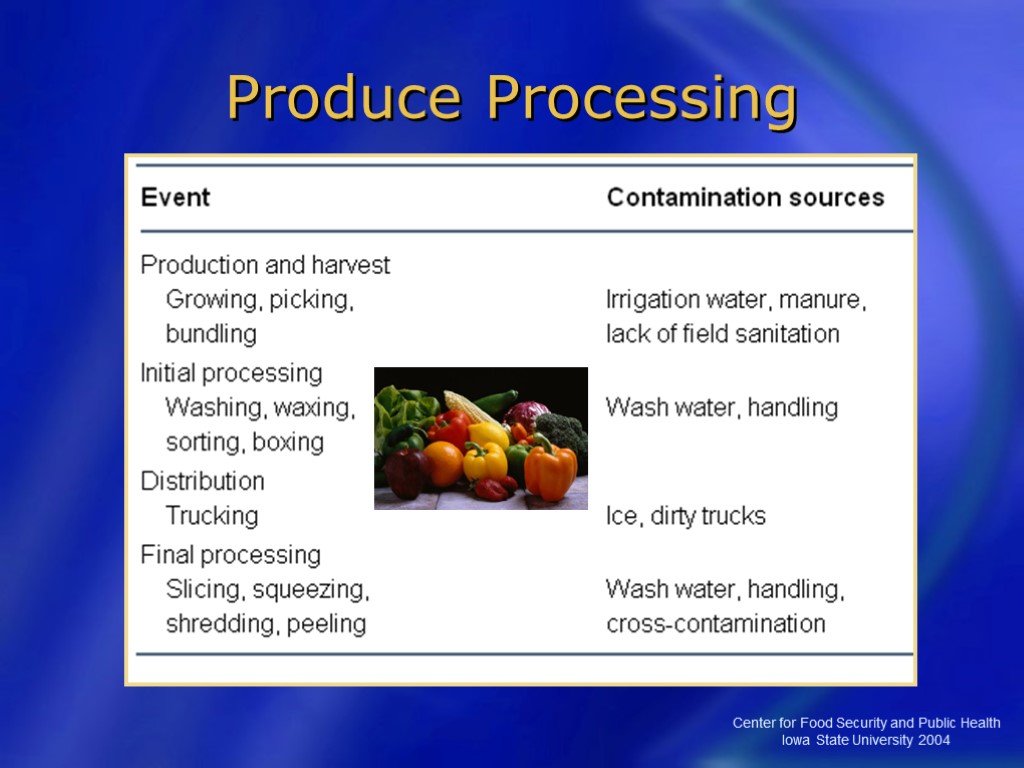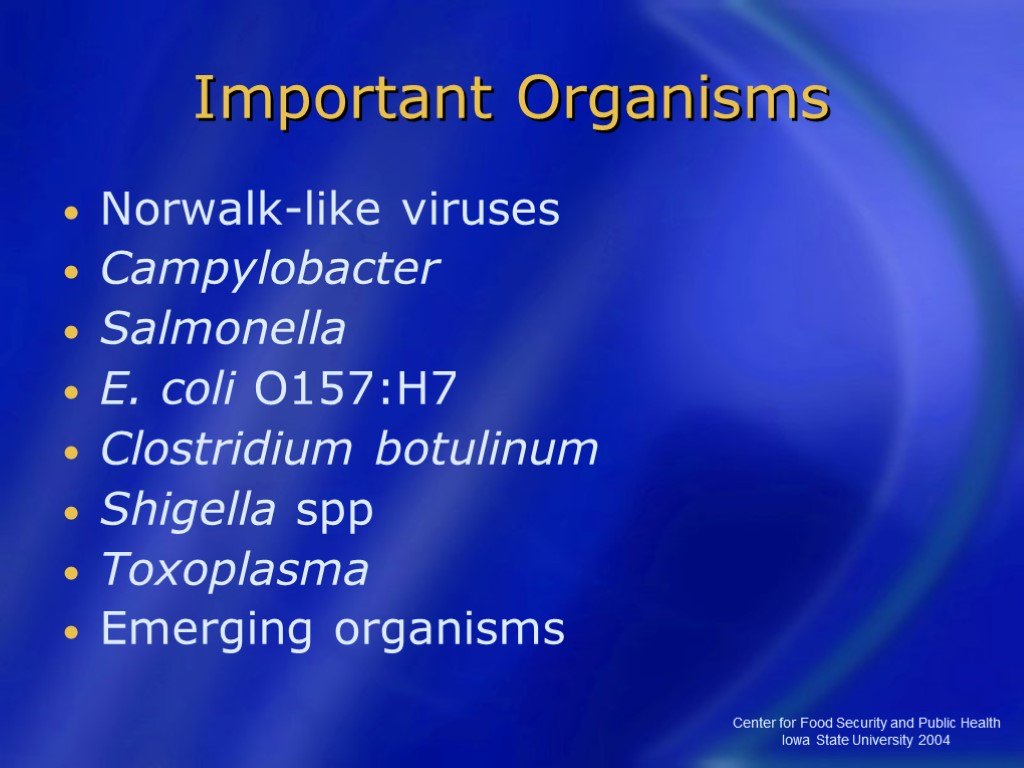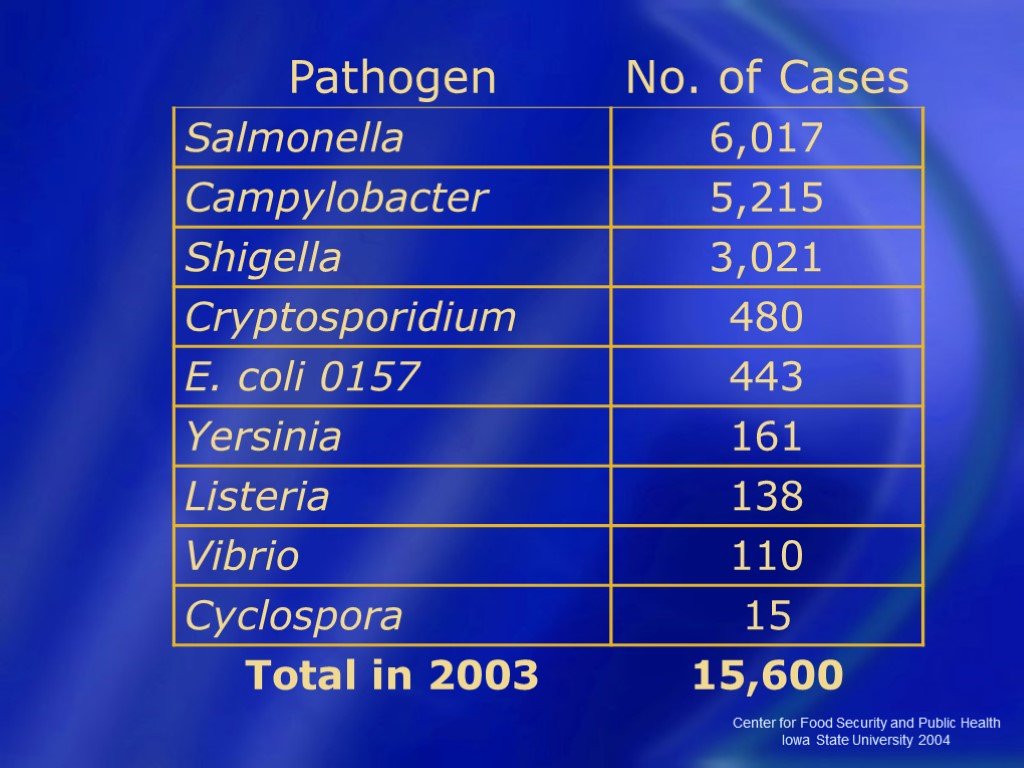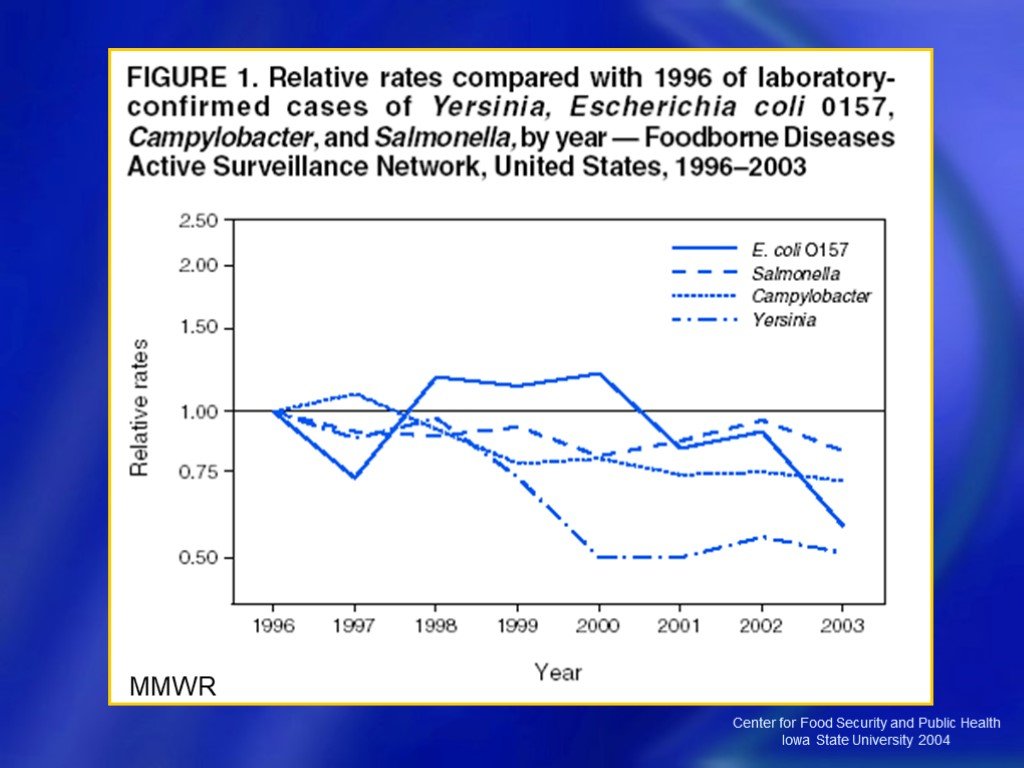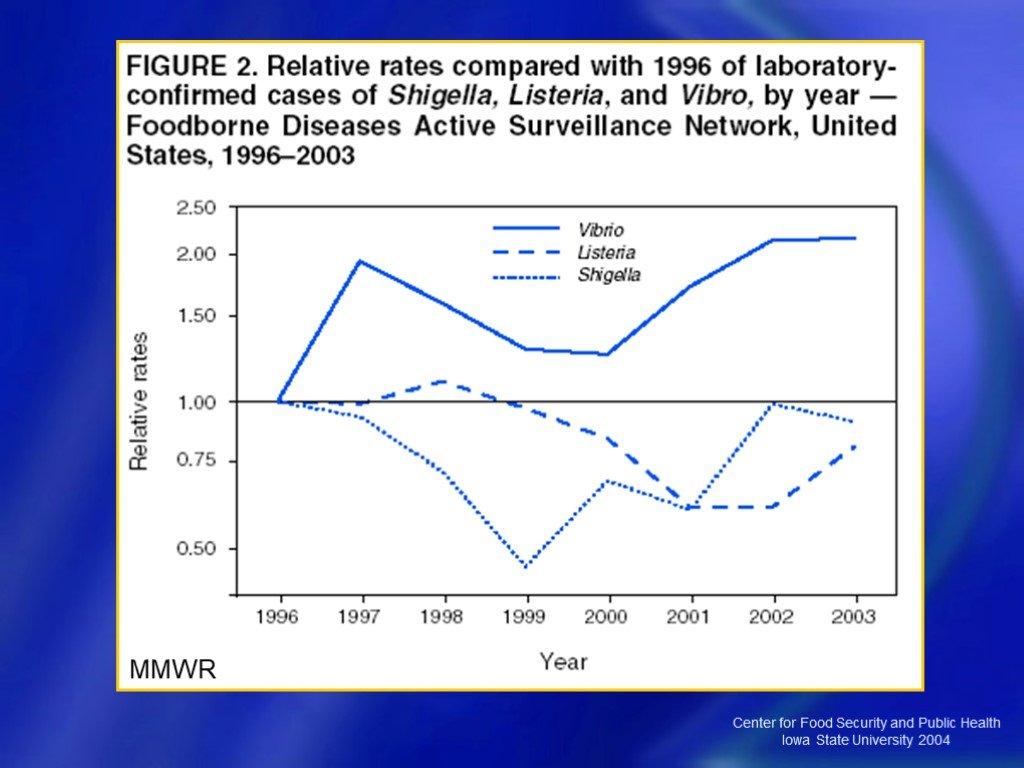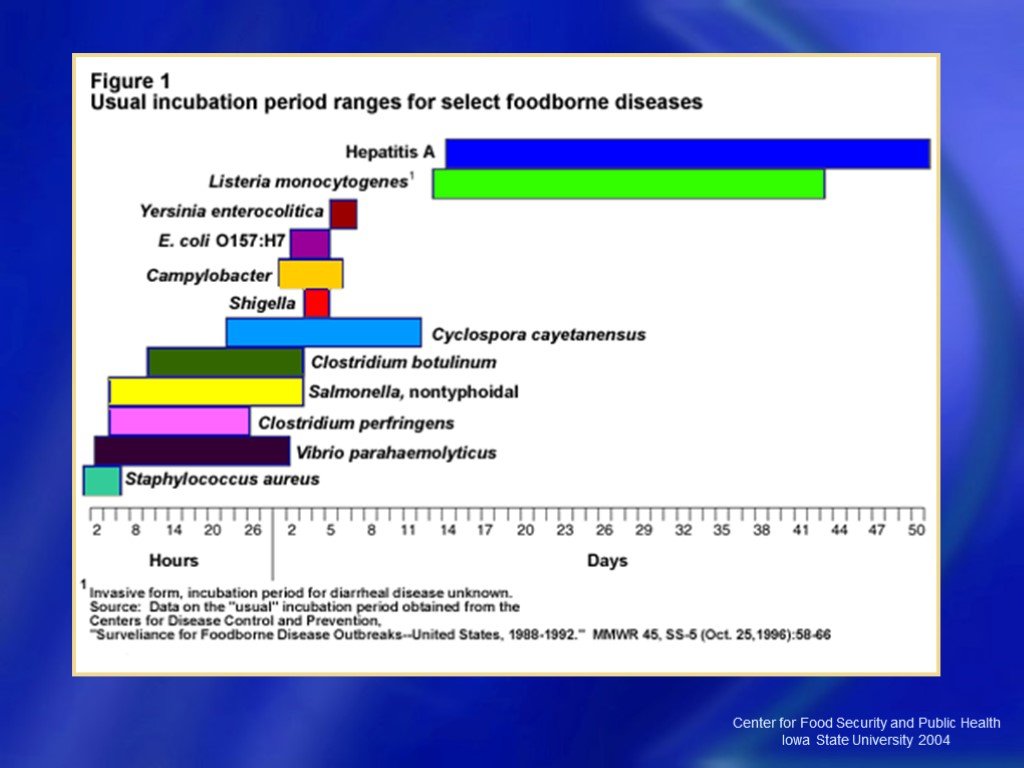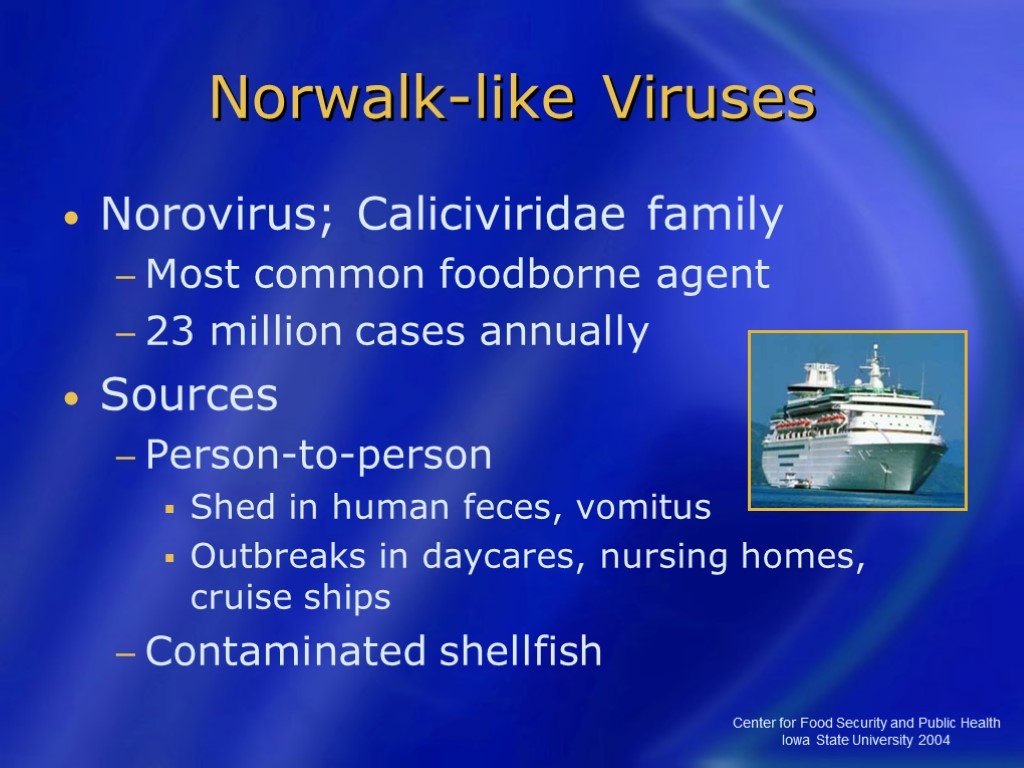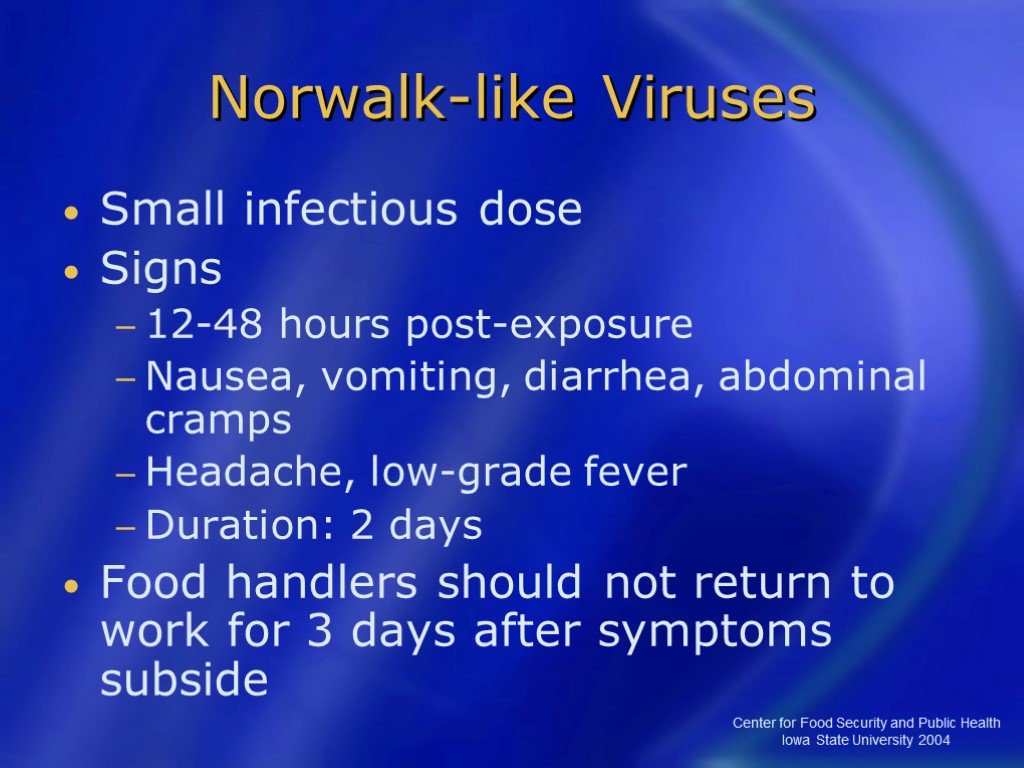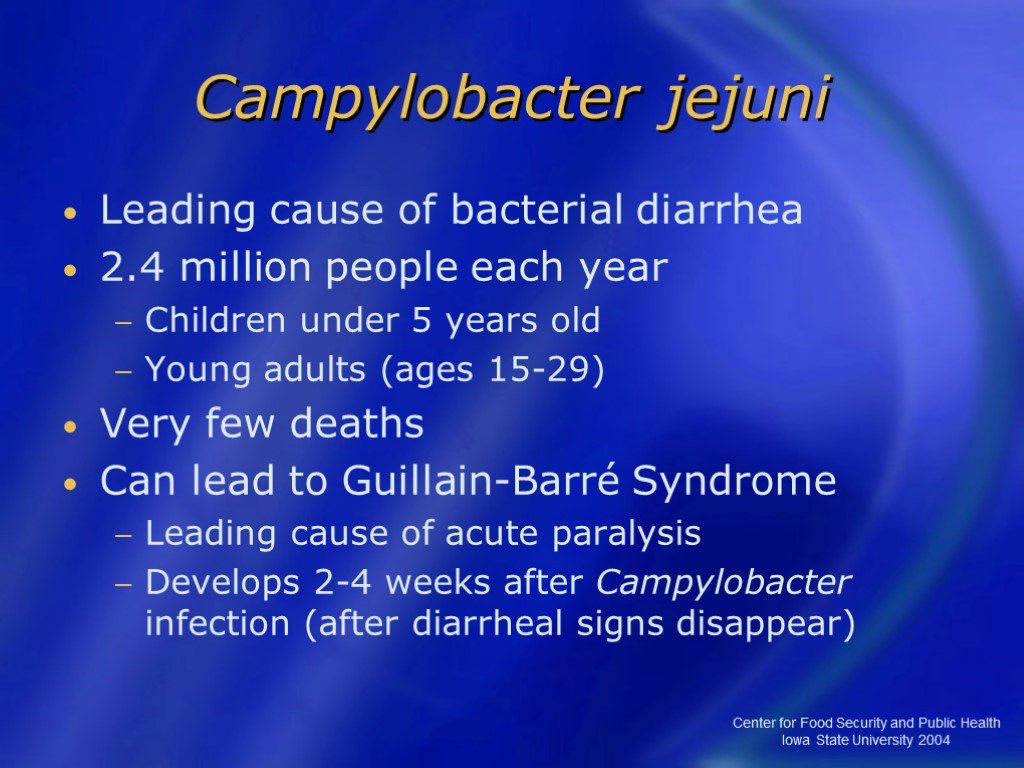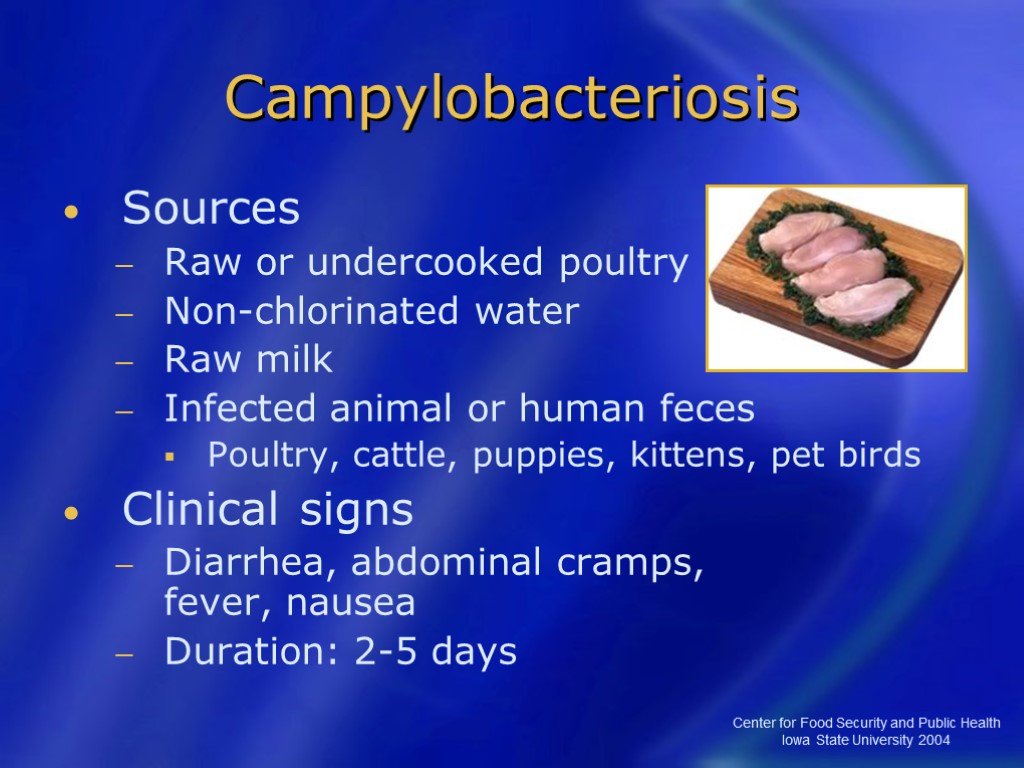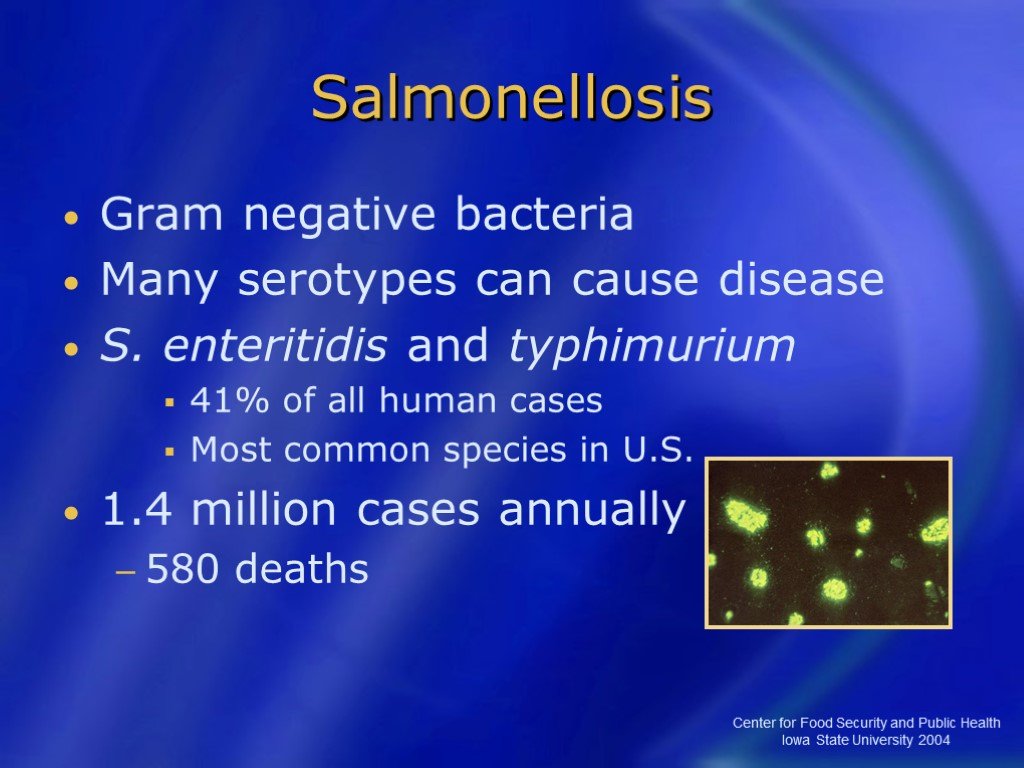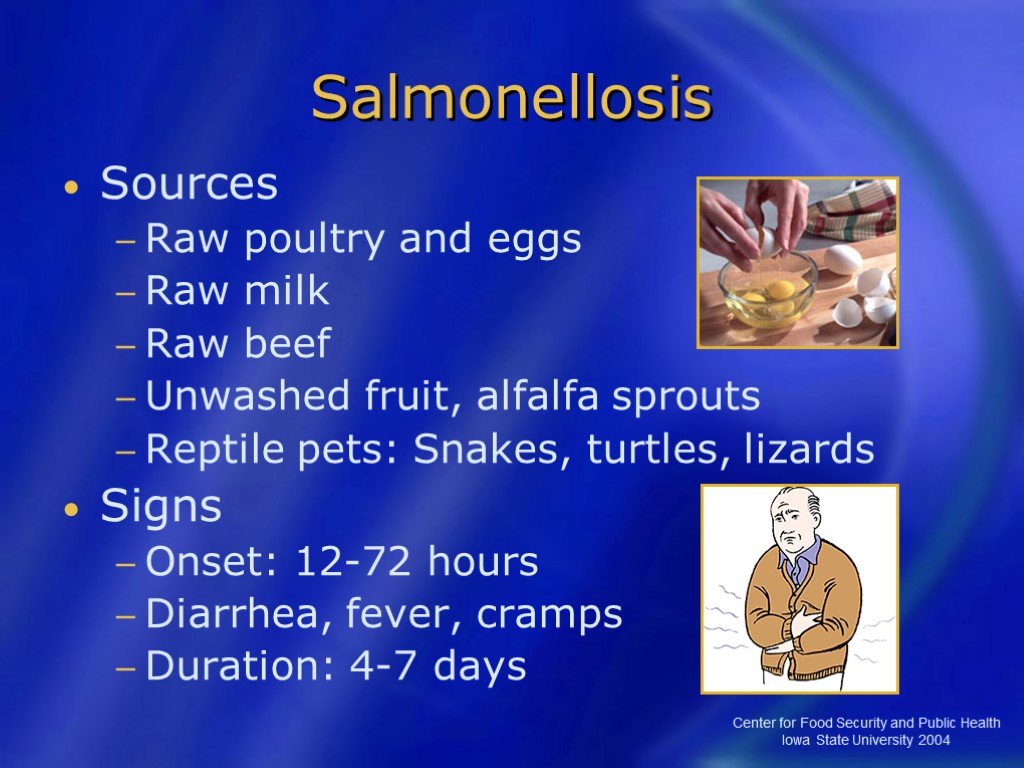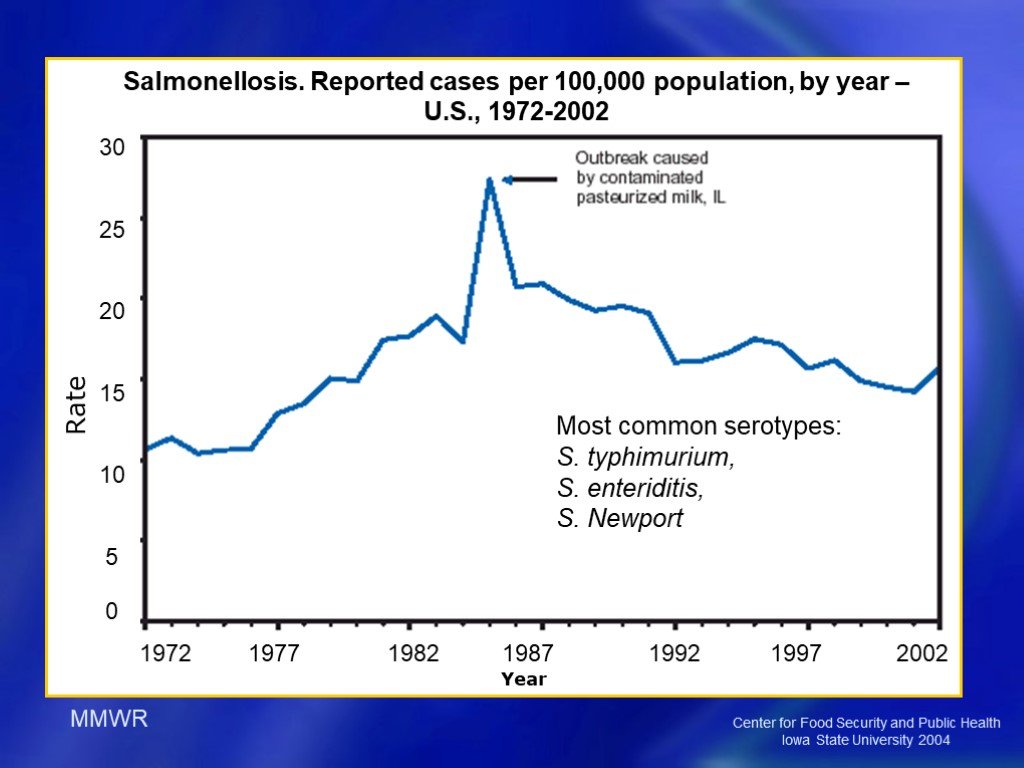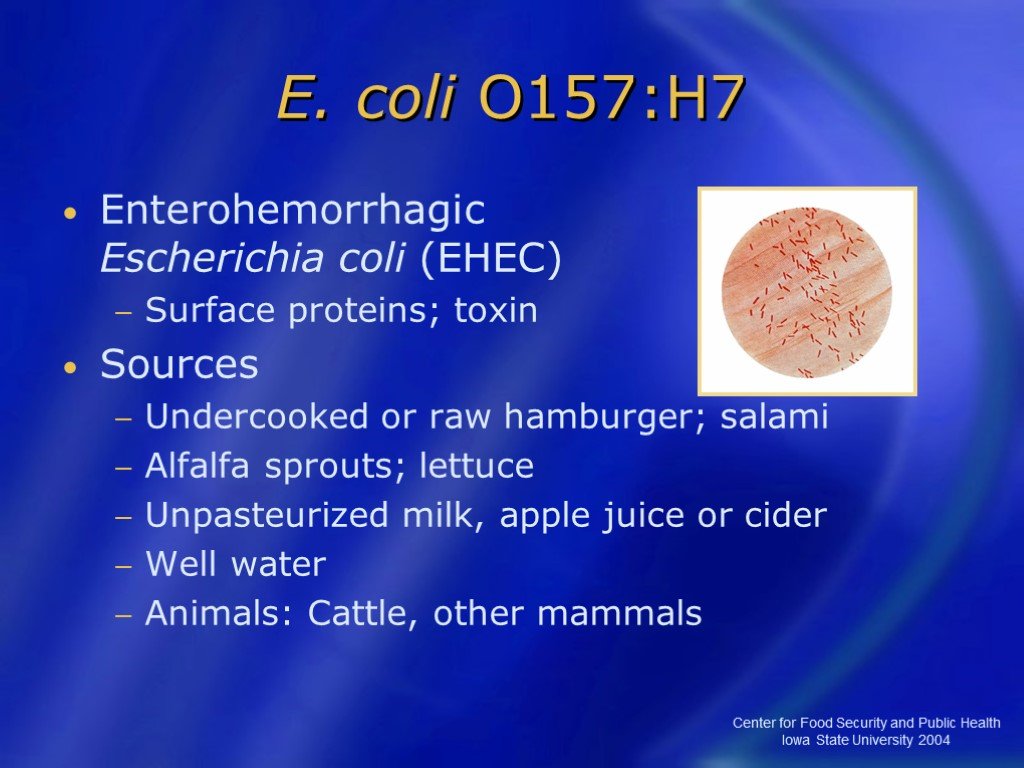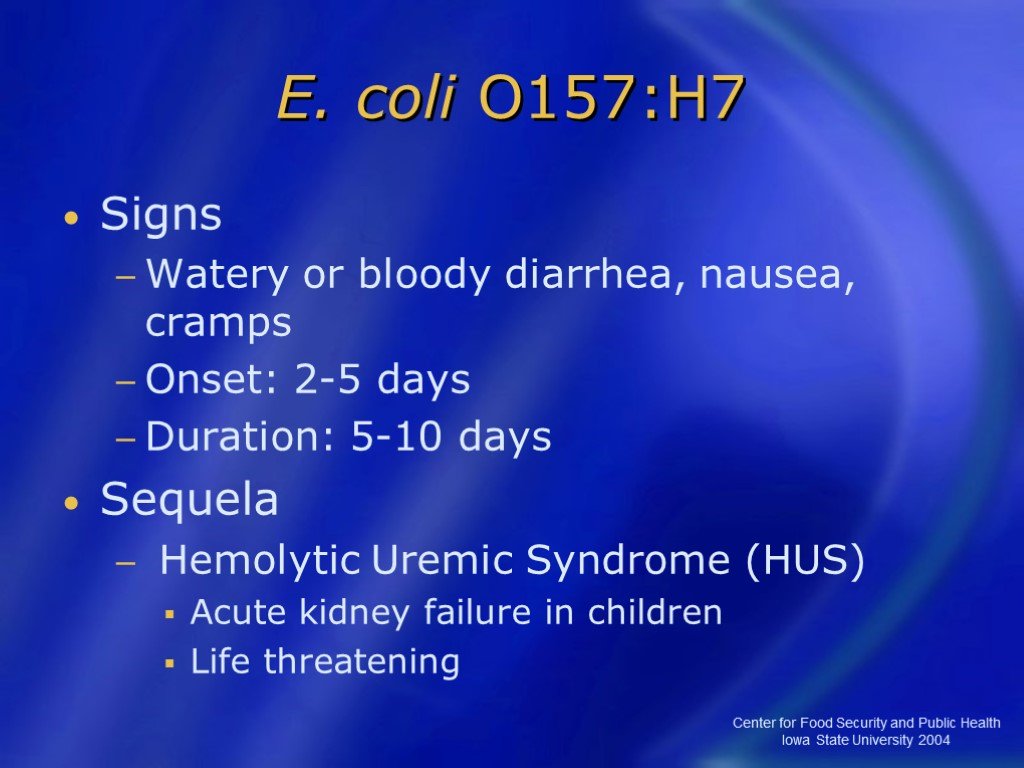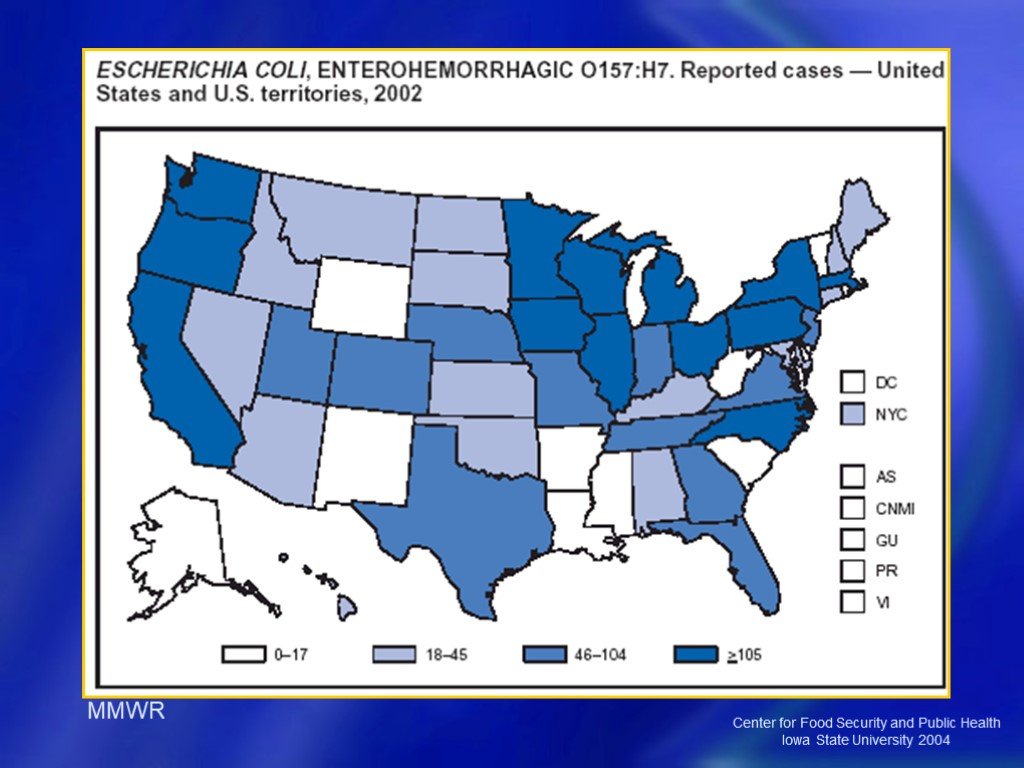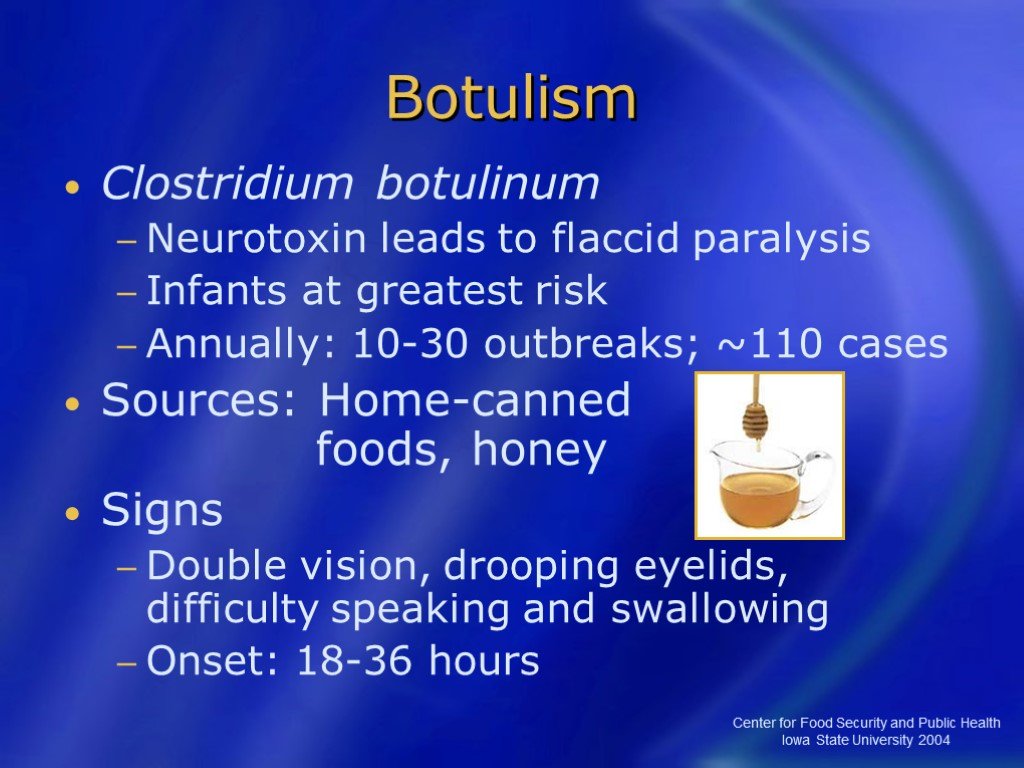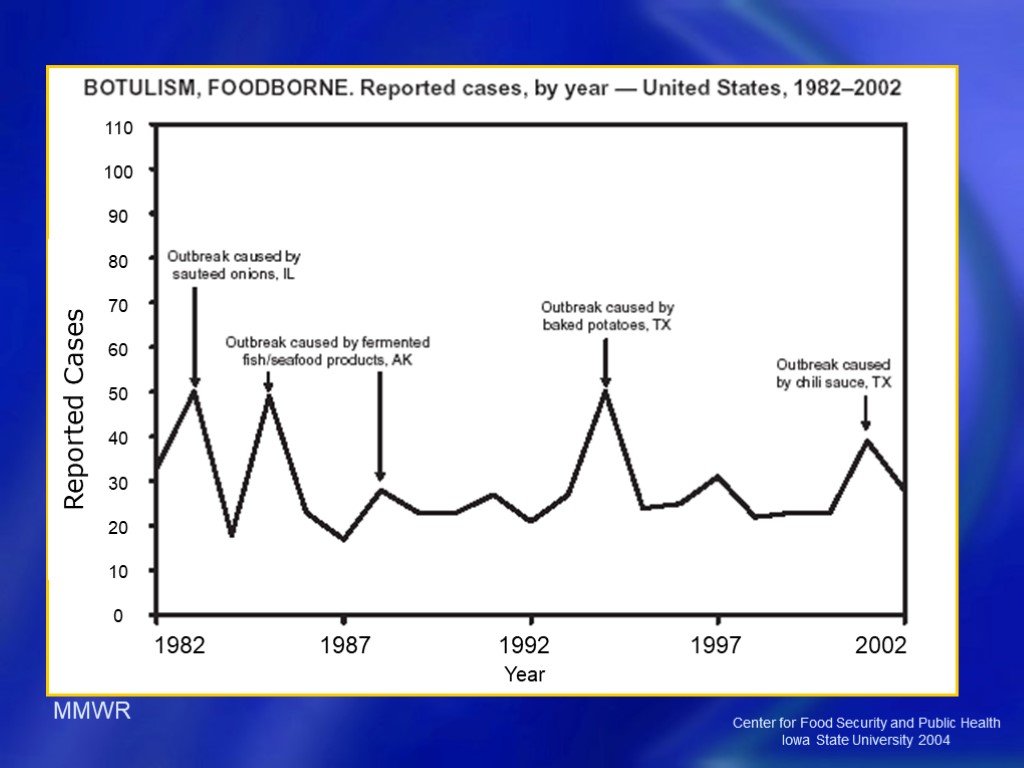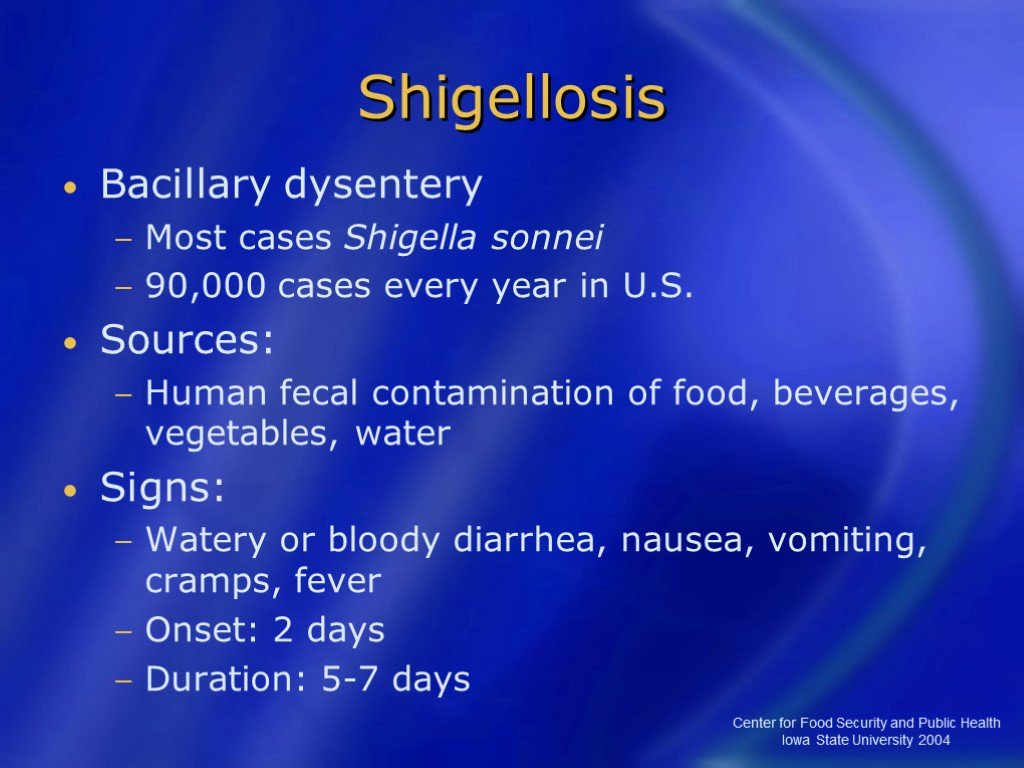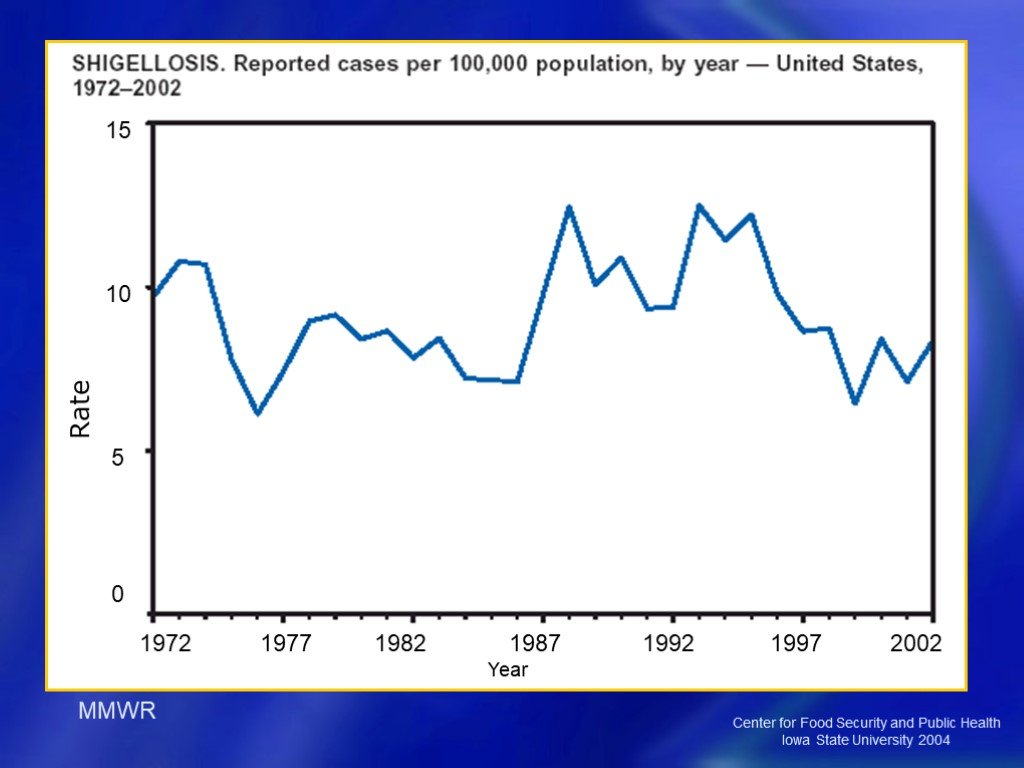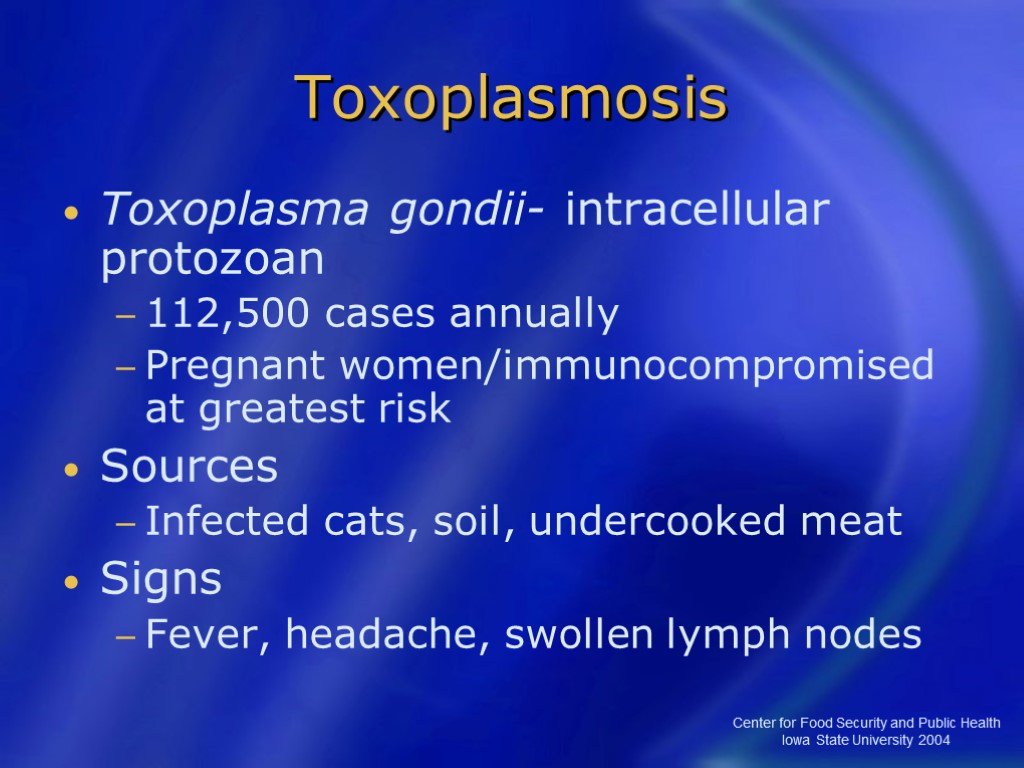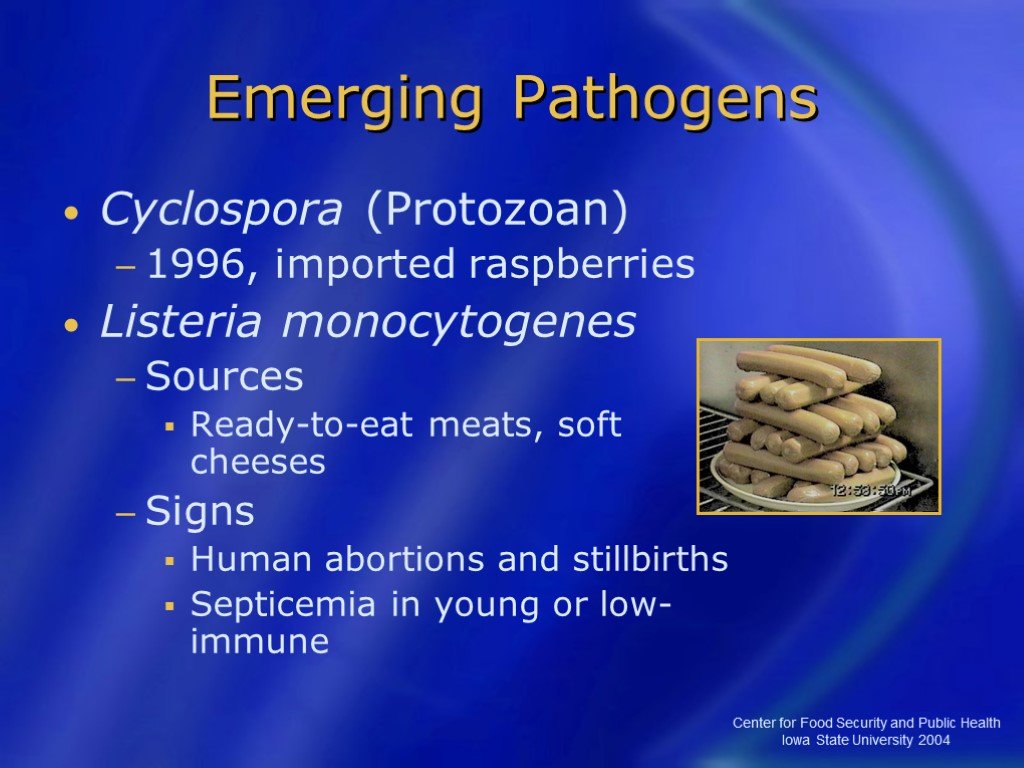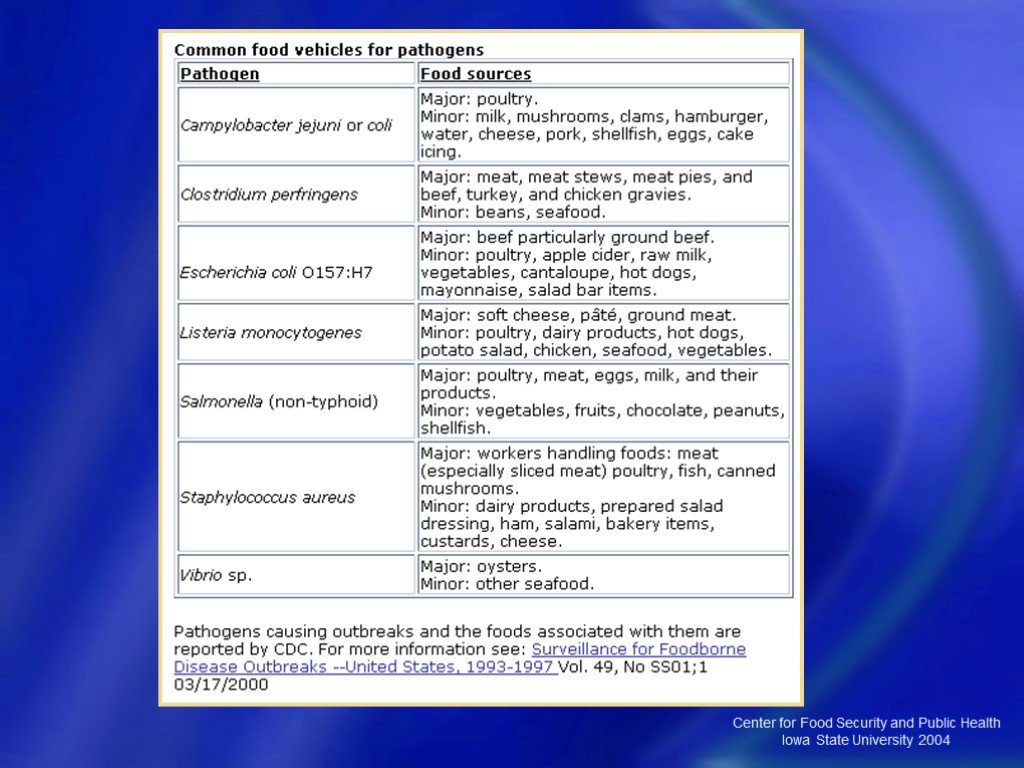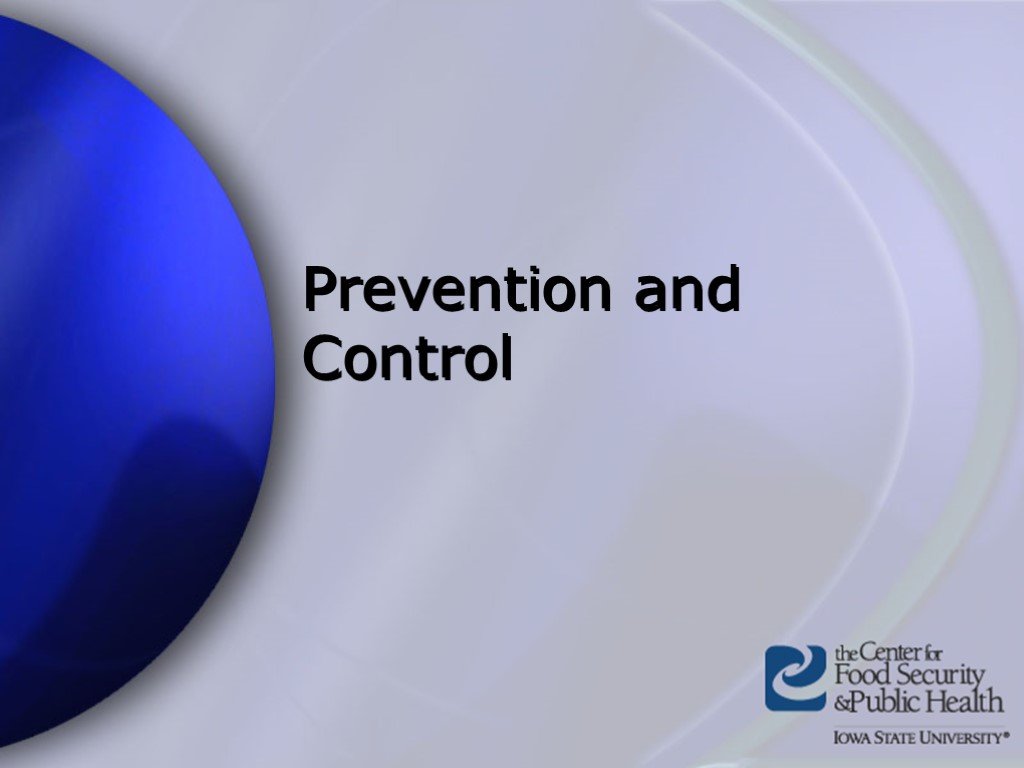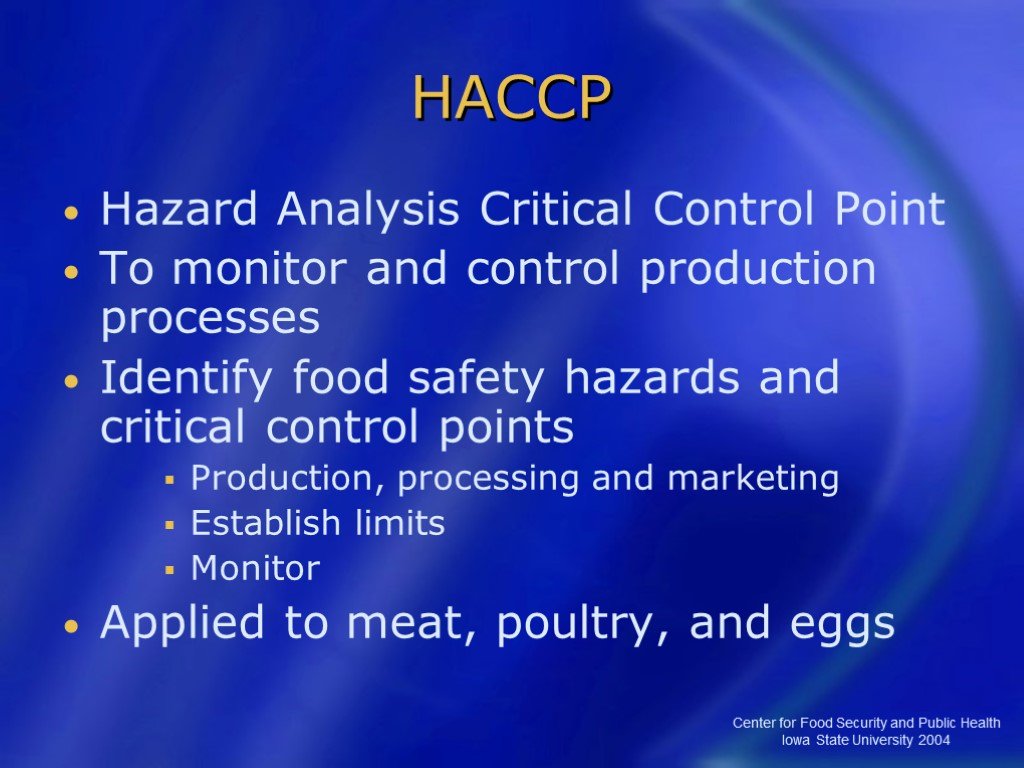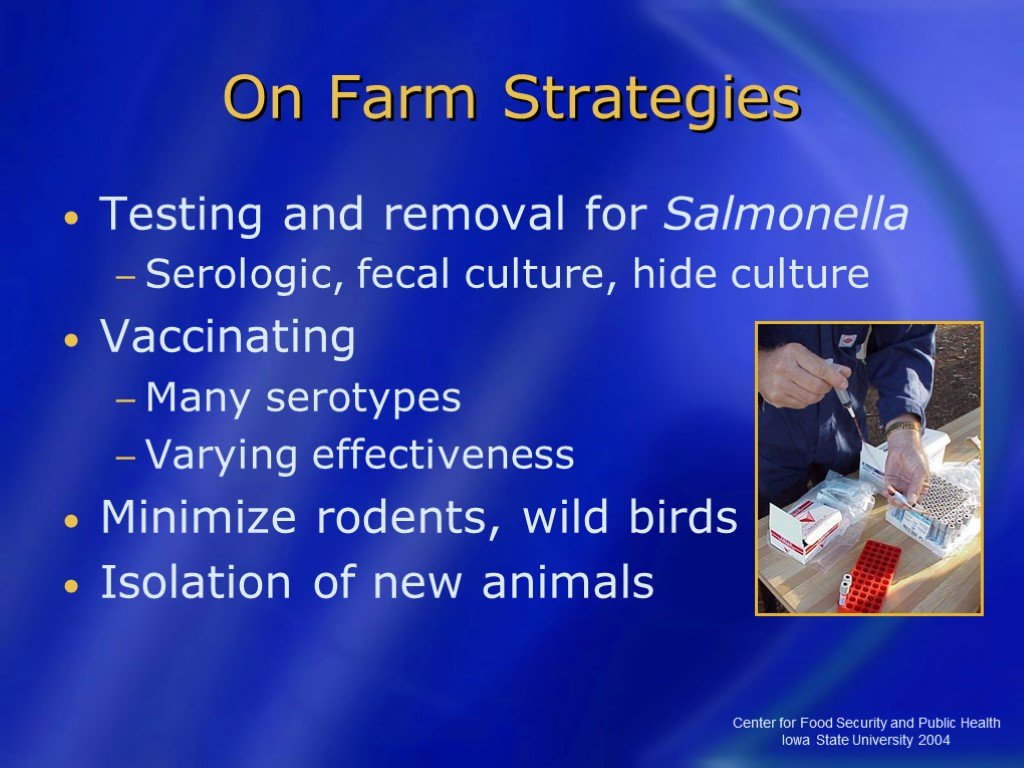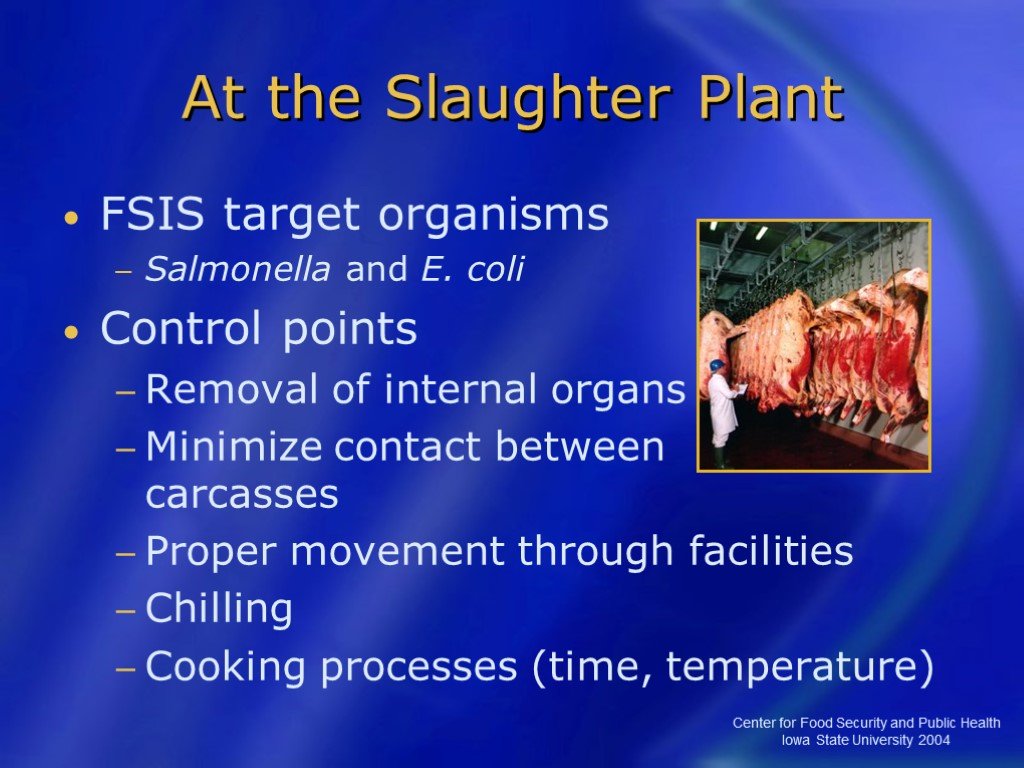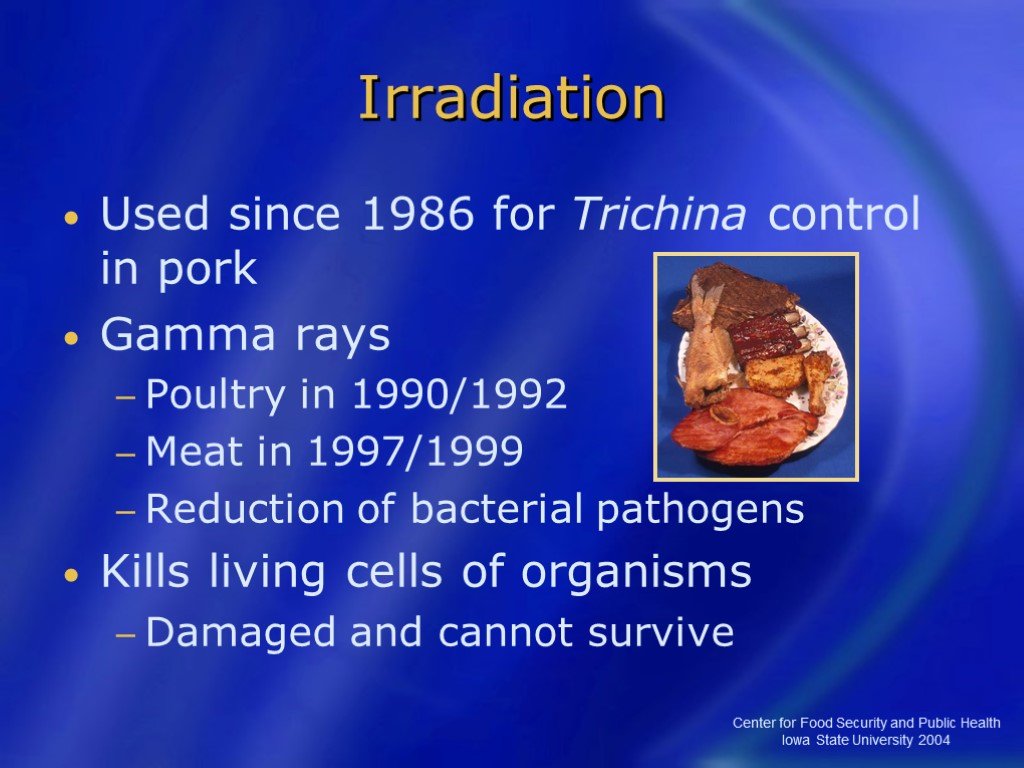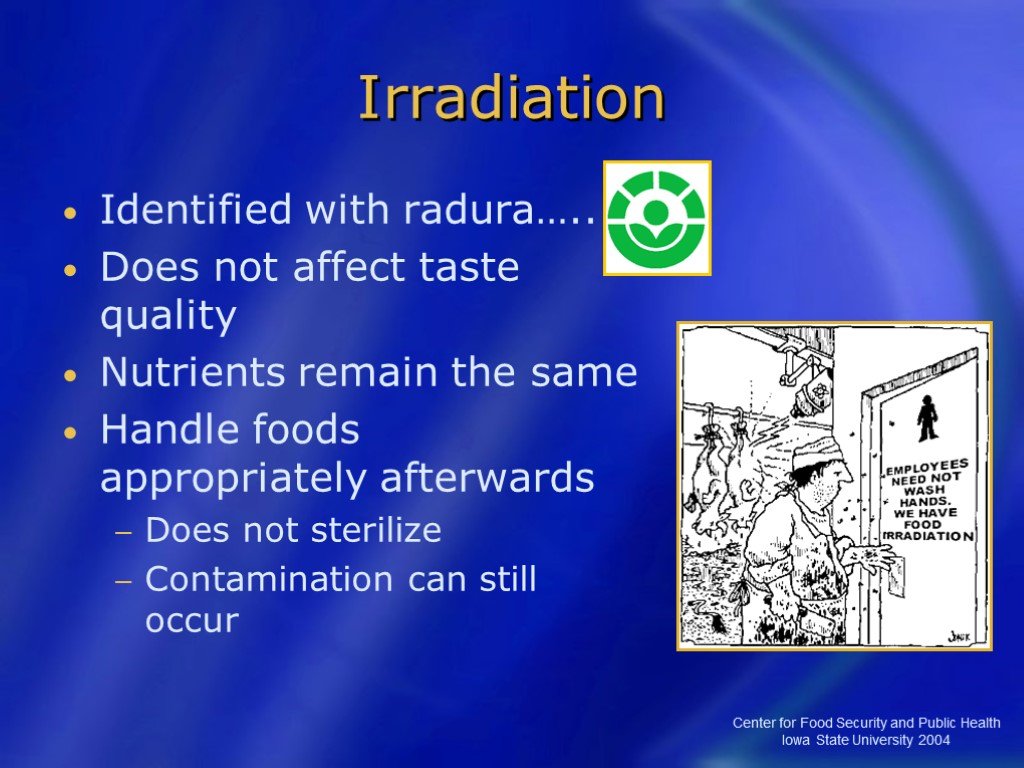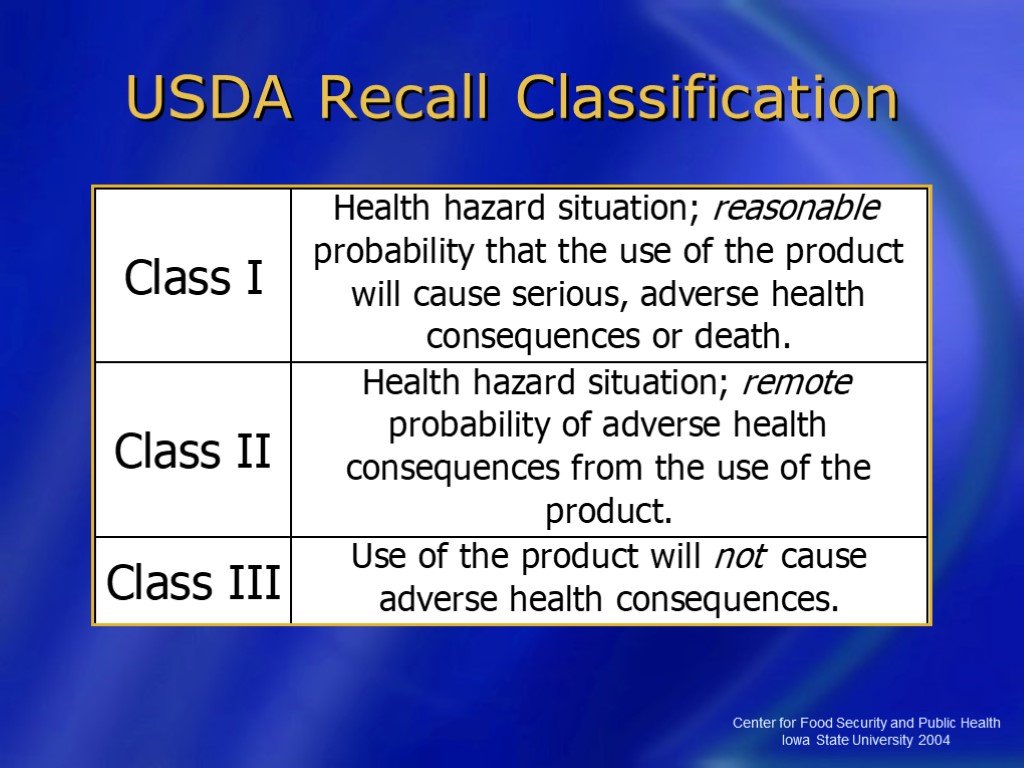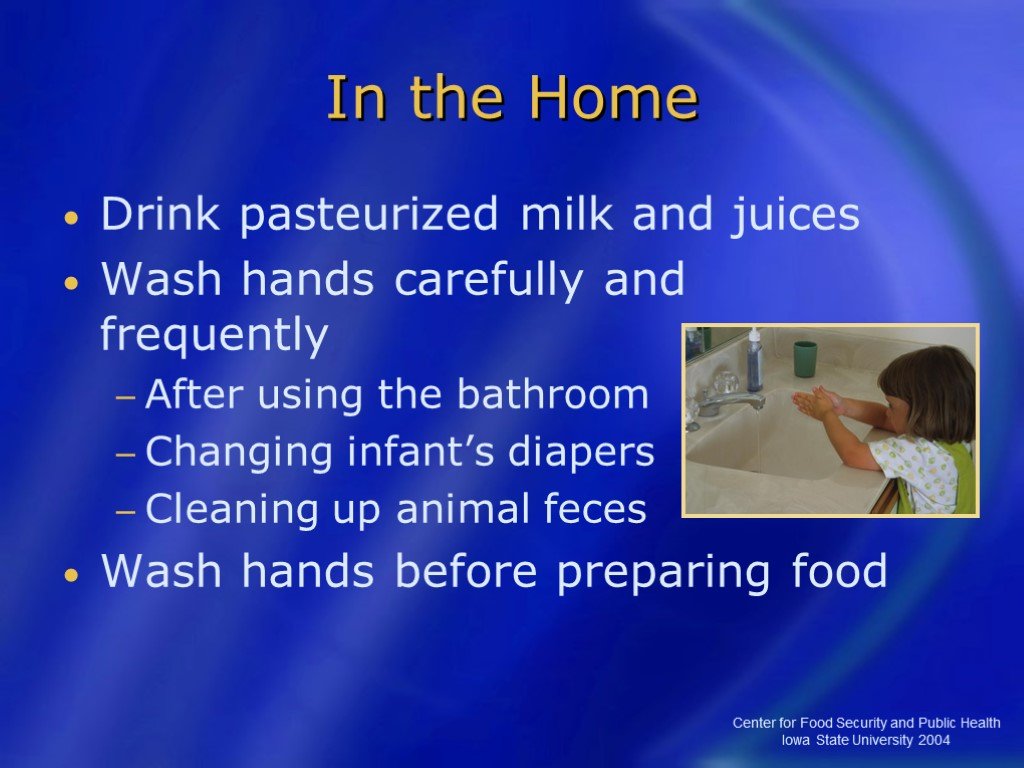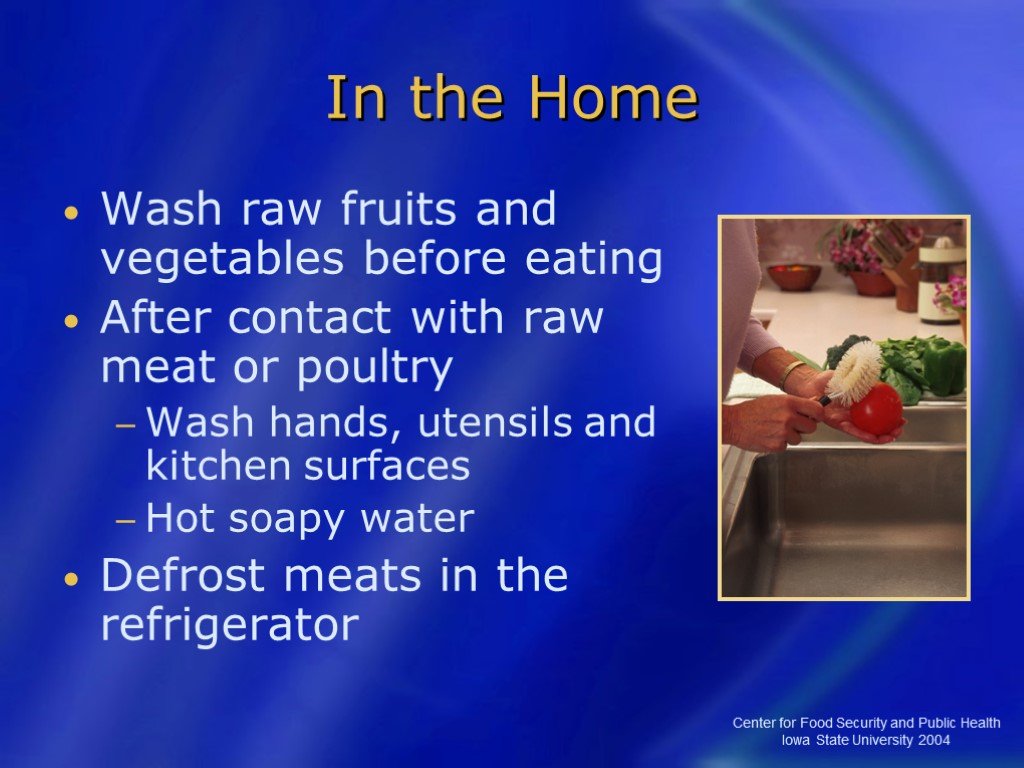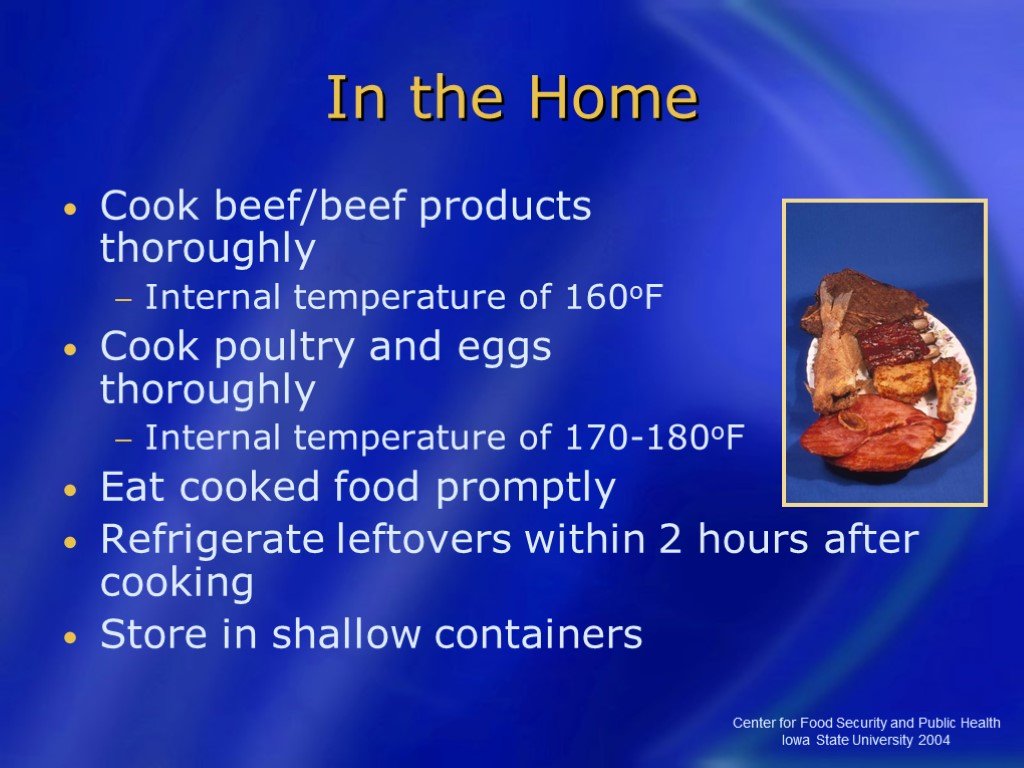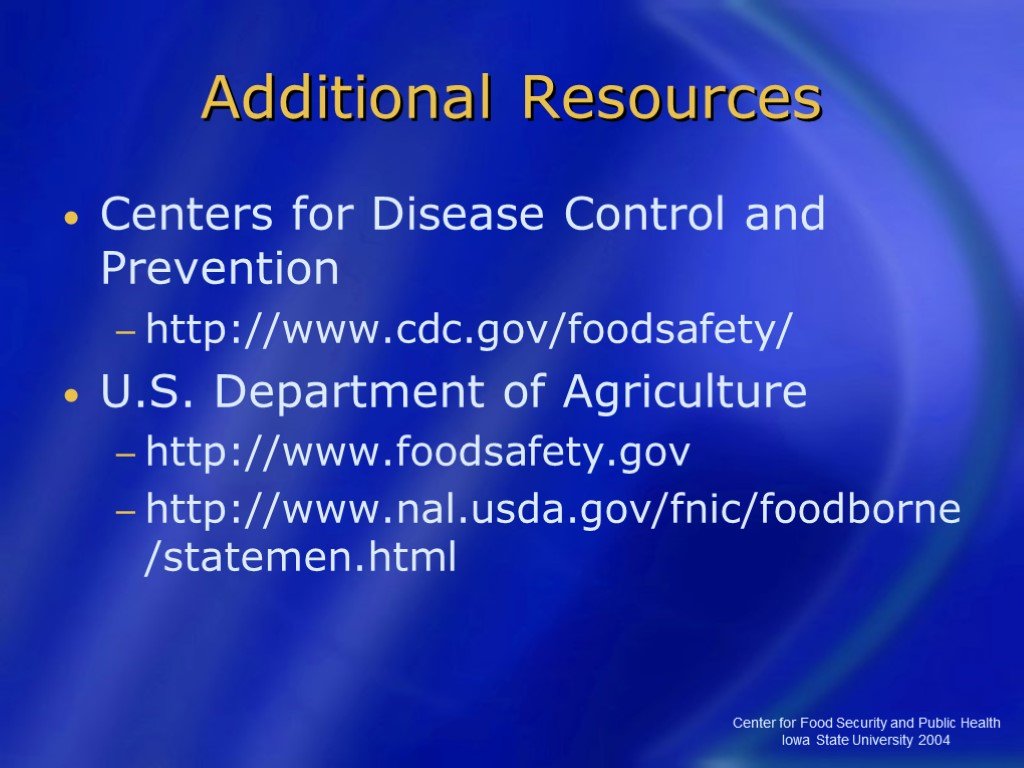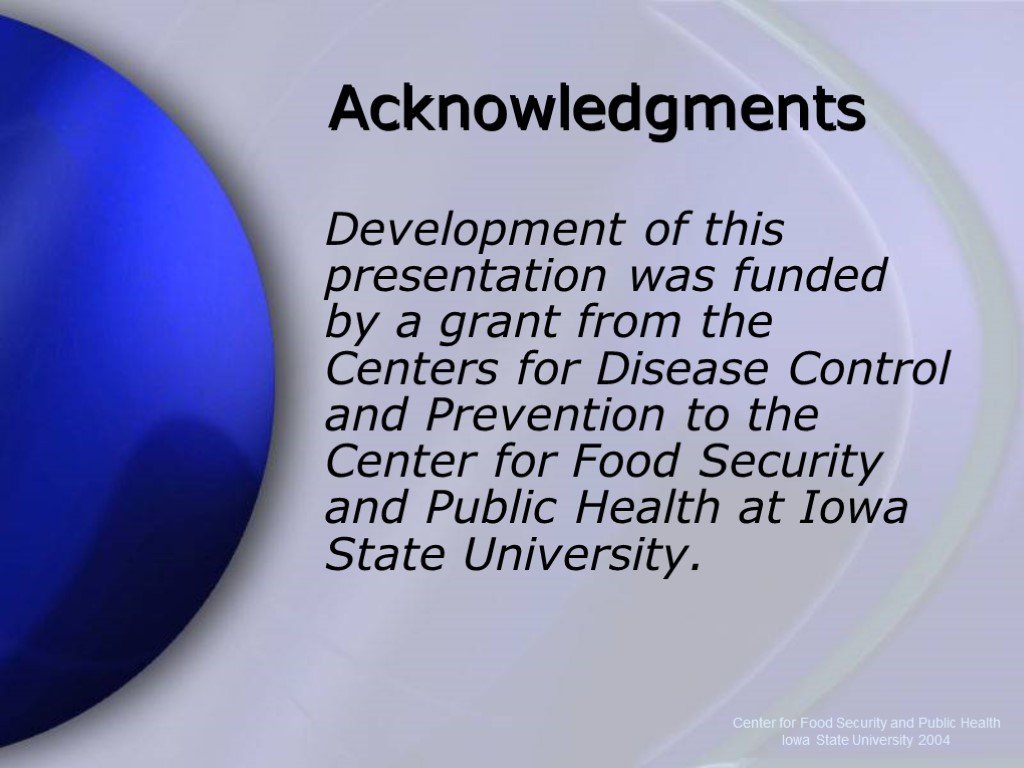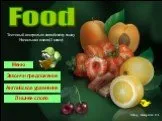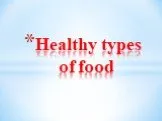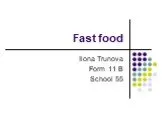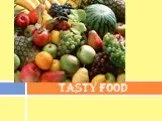Презентация "Food" – проект, доклад
Презентацию на тему "Food" можно скачать абсолютно бесплатно на нашем сайте. Предмет проекта: Иностранный язык. Красочные слайды и иллюстрации помогут вам заинтересовать своих одноклассников или аудиторию. Для просмотра содержимого воспользуйтесь плеером, или если вы хотите скачать доклад - нажмите на соответствующий текст под плеером. Презентация содержит 55 слайд(ов).
Слайды презентации
Список похожих презентаций
Food Calendar of British Festivals
Задачи работы: 1.Рассказать о традиционных британских праздниках 2. Рассказать о традиционных британских блюдах. Цель работы: Развивать познавательный ...Food shopping
Hello! I’m Billy. game. There is a/an…. There are…. There is a/an… There are…. Magic words. Some / any - некоторое количество людей, предметов , вещества. ...British Food
BREAKFAST between 7:00 and 9:00. What is a typical English Breakfast? It is a typical English breakfast is more likely to be a bowl of cereals, a ...Junk Food
Lollies, chips and fast food are called 'junk food'. This kind of food has too much fat in it. It has too much salt in it too. And it has too much ...Healthy Food & Healthy Lifestyle
Healthy Food. All food is made up of nutrients which our bodies use. There are different kinds of nutrients: carbohydrates, proteins, fats» vitamins ...Food and globalisation
http://en.wikipedia.org/wiki/Lord's_Prayer Do you know where these words are from? What did people ask the God for? Did they ask for bread only? In ...Food
...Food & Drug Administration
Adulteration and misbranding of foods & drugs have always been a problem in the U.S. The problem increased by the late 19th C. Drugs such as Quinine ...Fast Food in Deutschland
Fast food hat was damit zu tun, dass der Gast es wünscht, relativ schnell und zügig dort letztendlich technisiert gesagt abgewickelt zu werden, das ...My Favourite Food
I love bananas. What do you usually have for your breakfast? Tutti – Frutti Cafe MENU Tomato and cucumber salad £ 2.00 Chicken and potatoes £ 3.50. ...Russian Food and Cuisine.
Pancakes with red caviar. ...Healthy types of food
Eating the proper foods is important to stay healthy. What are the five basic types of food a person should eat? Meat group; Milk group; Fruit and ...Healthy food
The theme: Health. Healthy food. Let’s revise some words related to our new theme: Drinks: tea, … Vegetables: tomatoes, … Fruits: apples, … Cold food: ...Australian food
A dish that you can feed the most fastidious child. In fact, it's a fun sandwich. Slices of white bread cut into triangles, spread butter and sprinkle ...Our food
There is a good proverb that I like very much: “We eat to live, but do not live to eat.” I think this is true because food is something that we need ...Fast food and everything about him
Fastfood (born fast food, fast food) - the class of fast food, usually offered by specialized institutions. The term "fast food" denote food that ...Fast food
What is fast food and why is it so popular? Fast food refers to food that can be prepared and served quickly. Fast food restaurants usually have a ...New food
We get food from animals and birds, plants and fishes. We get meet from cow, pig and sheep. From cow we also get milk. From cow we get beef, from ...Tasty food
READ AND CHOOSE. 1) The rabbit likes ... a)ham b)fish c) carrot. 2) The bird likes … a)sweets b) corn c)cabbage. 3)The bear likes … a) honey b)lemon ...Project about food
The most popular food of today is FAST FOOD! If you don’t like to be fat, don’t eat FAST FOOD. They are some fast food:. Junk food. Junk food is death!!! ...Конспекты
Food and Drinks
Конспект-сценарий урока. Педагог (ФИО. ). Лапина Олеся Николаевна__________________________________________________________________________________. ...The Food
Конспект урока английского языка в 3 классе. Тип урока:. урок открытия новых знаний. Тема урока:. «The. Food. », «Продукты питания». Цель:. ...Food
Класс 5 «Б». Тема: « Food. . . ». Вид . занятия: . урок – игра . Цель урока:1. развитие коммуникативной культуры и социально – культурной образованности учащихся, позволяющие участвовать в социально ...Food
Конспект урока по английскому языку в 3 классе. «Food». учителя английского языка ГБОУ СОШ №296. Сопыряевой Екатерины Николаевны. Цель урока: ...Food
. Открытый урок по английскому языку в 4-м классе по теме ". Food. ". . Мишутина О.А., учитель иностранных языков СШГ №11,. г.Актобе/Казахстан. ...Food and Health
Открытый урок. УМК. “. Enjoy. . English. . . “. 5 - 6 классы. . . Авторы:. Биболетова М.З., Добрынина Н.В., Трубанева Н.Н. . . тема: “. ...Food
. В ГОСТЯХ У МЕДВЕЖОНКА БИЛЛИ. . (FOOD. ). . Пашатова Екатерина Анатольевна. учитель английского языка. Муниципального ...Food
Цели урока:. Развивающий аспект. : развитие способностей: к выявлению языковых закономерностей, развитие воображения,. . Воспитательный аспект:. ...Food for life
Автор:. . Гусева Юлия Николаевна. Координаты: РБ, Учалинский район, с. Миндяк, ул.Уфимская, д. 97А, кв.2. Место работы:. . МОУ СОШ №6 с. Миндяк ...Food, glorious food
. Английский язык. Урок в 7 классе. Учитель: Кравченко Е. Г. Тема урока. :. . Food. ,. glorious. ...Советы как сделать хороший доклад презентации или проекта
- Постарайтесь вовлечь аудиторию в рассказ, настройте взаимодействие с аудиторией с помощью наводящих вопросов, игровой части, не бойтесь пошутить и искренне улыбнуться (где это уместно).
- Старайтесь объяснять слайд своими словами, добавлять дополнительные интересные факты, не нужно просто читать информацию со слайдов, ее аудитория может прочитать и сама.
- Не нужно перегружать слайды Вашего проекта текстовыми блоками, больше иллюстраций и минимум текста позволят лучше донести информацию и привлечь внимание. На слайде должна быть только ключевая информация, остальное лучше рассказать слушателям устно.
- Текст должен быть хорошо читаемым, иначе аудитория не сможет увидеть подаваемую информацию, будет сильно отвлекаться от рассказа, пытаясь хоть что-то разобрать, или вовсе утратит весь интерес. Для этого нужно правильно подобрать шрифт, учитывая, где и как будет происходить трансляция презентации, а также правильно подобрать сочетание фона и текста.
- Важно провести репетицию Вашего доклада, продумать, как Вы поздороваетесь с аудиторией, что скажете первым, как закончите презентацию. Все приходит с опытом.
- Правильно подберите наряд, т.к. одежда докладчика также играет большую роль в восприятии его выступления.
- Старайтесь говорить уверенно, плавно и связно.
- Старайтесь получить удовольствие от выступления, тогда Вы сможете быть более непринужденным и будете меньше волноваться.
Информация о презентации
Дата добавления:10 января 2019
Категория:Иностранный язык
Содержит:55 слайд(ов)
Поделись с друзьями:
Скачать презентацию













